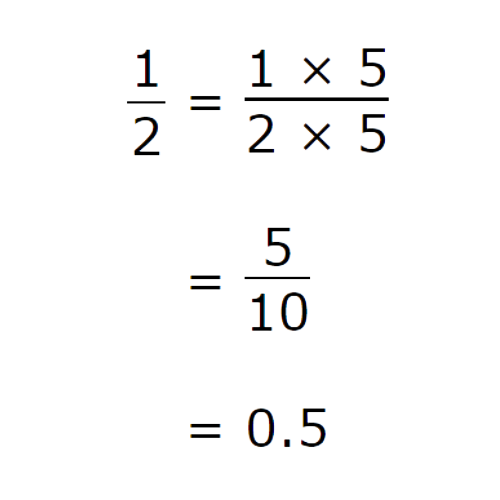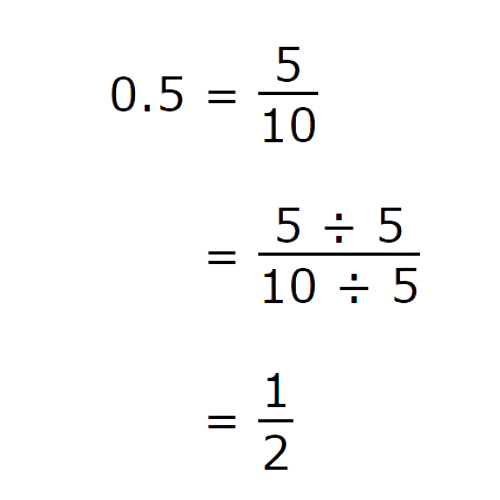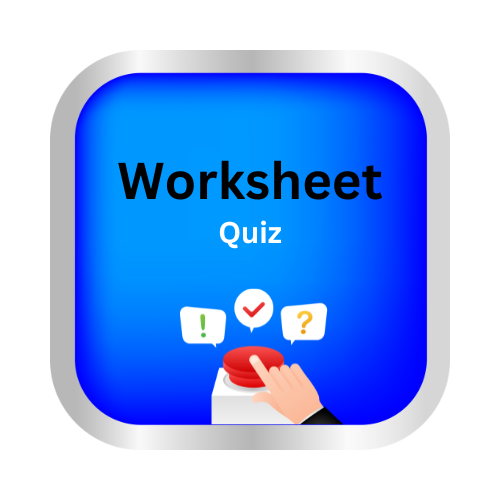Convert between decimals and fractions or mixed numbers
keynotes:
1. Converting Decimals to Fractions
- To convert a decimal to a fraction:
- Step 1: Write the decimal number without the decimal point as the numerator (the top part of the fraction).
- Step 2: The denominator (bottom part) is based on how many decimal places the number has:
- For one decimal place, the denominator is 10.
- For two decimal places, the denominator is 100.
- For three decimal places, the denominator is 1000, and so on.
- Step 3: Simplify the fraction if necessary.
Example:
- Convert 0.75 to a fraction:
- 0.75 = 75/100.
- Simplify: 75 ÷ 25 = 3 and 100 ÷ 25 = 4. So, 0.75 = 3/4.
2. Converting Fractions to Decimals
- To convert a fraction to a decimal, divide the numerator by the denominator using long division or a calculator.
Example:
- Convert 3/4 to a decimal:
- 3 ÷ 4 = 0.75, so 3/4 = 0.75.
3. Converting Mixed Numbers to Decimals
- To convert a mixed number (a whole number and a fraction) to a decimal:
- Step 1: Convert the fraction part of the mixed number to a decimal.
- Step 2: Add the whole number to the decimal result.
Example:
- Convert 2 1/2 to a decimal:
- 1/2 = 0.5.
- Add 2 (the whole number): 2 + 0.5 = 2.5.
4. Converting Decimals to Mixed Numbers
- To convert a decimal to a mixed number:
- Step 1: Separate the whole number part from the decimal part.
- Step 2: Convert the decimal part to a fraction.
- Step 3: Combine the whole number and the fraction.
Example:
- Convert 3.75 to a mixed number:
- The whole number is 3.
- 0.75 = 75/100, which simplifies to 3/4.
- So, 3.75 = 3 3/4.
Learn with an example
Write 2 2/5 as a decimal number.
Write an equivalent mixed number with 10 as the denominator. Then write the decimal number.

Write 1/2 as a decimal number.
Write an equivalent fraction with 10 as the denominator. Then write the decimal number.

Write 0.5 as a fraction.
Write the decimal as a fraction with 10 as the denominator. Reduce the fraction to the simplest form.

Let’s practice:

